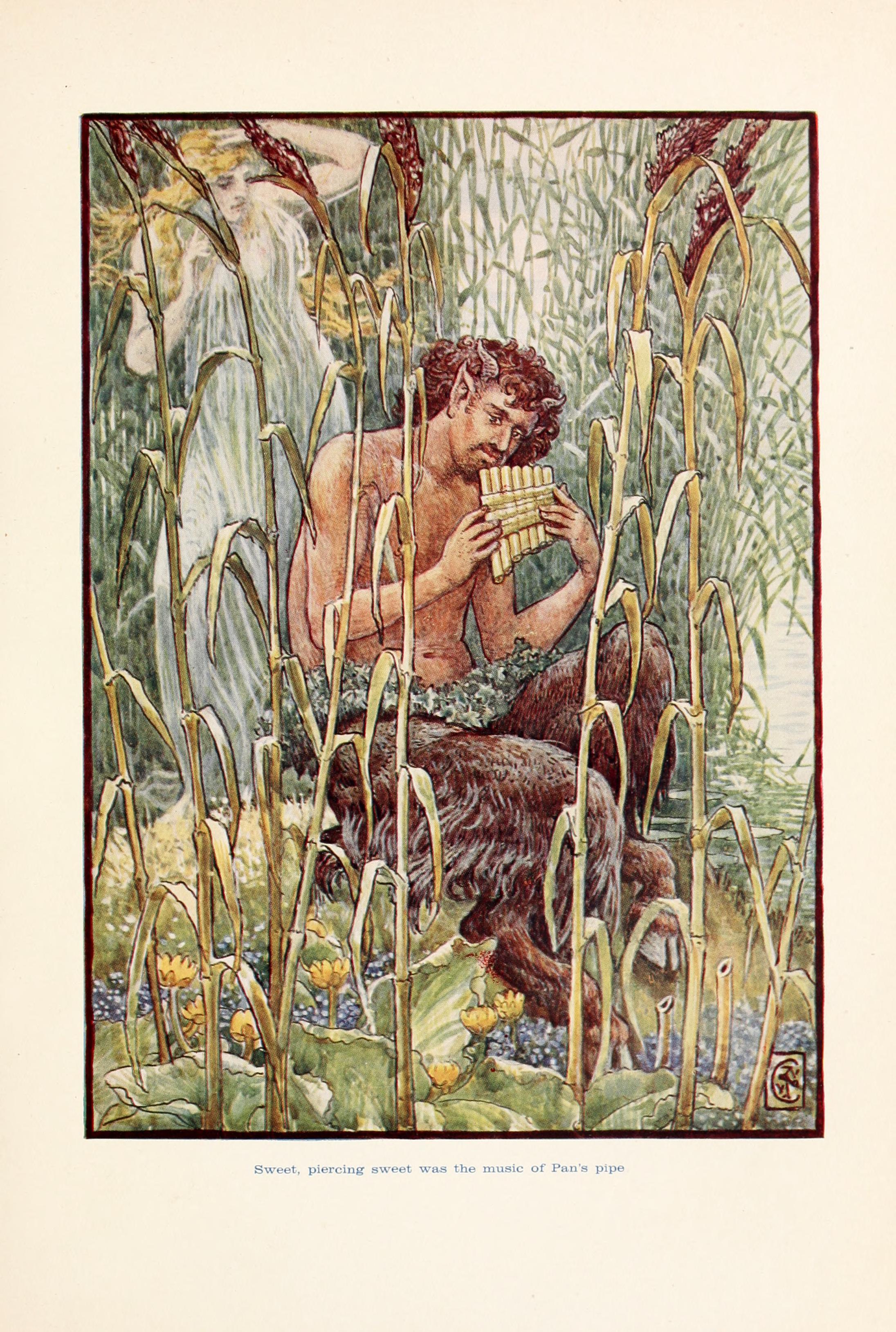Mamihlapinatapai — A Silent Song
By — Charisma Bharadwaj
Mudita and Niyama were two vultures who enjoyed conversing in tunes.
Mudita (first) met Niyama through a rustic melody Mudita instantly recognised. Niyama was singing the Indian-Yagan song she had once heard from a tribe named Cheemayana, somewhere in the forests of Masinagudi, Tamil Nadu, in Southern India.
Niyama spent most of her childhood in the state of Tamil Nadu, and adulthood migrating from one region to another. She was nomadic in nature and enjoyed her time around the coniferous forests.
Mudita grew up in the state of Karnataka, and mostly stuck to his habitat. He had never imagined migrating. He lived in the decidous forests in the Eastern slopes of the Western ghats, and occasionally flew to Hakkijagah — located in the Karnataka and the Tamil Nadu border — with his friends.
Mudita and his friends liked Hakkijagah as they enjoyed the diverse culture that existed within the border, especially the folk music.

One time during their stay in Hakkijagah, Mudita heard his favourite tune sung by a beautiful voice that was heard from a distance. Mudita flew up in the air to have an aerial view of the forest and the hills around, to search for the voice. He looked everywhere, in vain. After a while, the melody stopped. He flew back down and rested on a pine tree, exhausted.

That moment, the melody replayed and took him by surprise. He looked behind and spotted the singer — Niyama. Niyama sang with shyness this time as she noticed Mudita look at her with complete awe. That’s how Mudita and Niyama met.
The song was called“Mamihlapinatapai”, inherited from the ancestors of the Cheemayana tribe (South India), who also had roots from the Yagan tribe (South Africa). The Yagan tribe vultures had migrated to India from Africa.
The silent language of two strangers looking at each other from a distance and communicating without saying a word — this is the meaning of Mamihlapinatapai.
The lyrics:
Mamihlaa..pinatapai
Mamihlaa..pinatapai
Ammayay yayayayayay
Appayay yayayayayay
Akkayay yayayayayay
Annayay yayayayayay
Ya ya yay yayayayayay
Ya ya yay yayayayayay
Mamihlaa..pinatapai
Mamihlaa..pinatapai
Translates to…
Let’s share quietly
Let’s share quietly
the wisdom of our mothers
the wisdom of our fathers
the wisdom of our sisters
the wisdom of our brothers
Cheers to the wisdom
Cheers to the wisdom
Let’s share quietly
Let’s share quietly
The song was composed to express connection between different beings of the forest who liked to coexist. The humming, pine trees played the rustling tunes to enhance the song, and similarly, many other birds & animals added tunes to orchestrate the song.
Mudita instantly fell in love with Niyama’s charm. He was hardly aware that Niyama had admired him for a long time. She used to watch his majestic flight from a distance each time he vacationed at Hakkijagah. Her friends in the forest would let her know when he arrived, and she would come there too, just for him. That was the beginning of their connection story.

Niyama and Mudita got together and flew across the southern forests of India. They liked composing new rustic tunes and spreading the culture of folk music in the jungles.
Absorbed in music and nature, the couple hoped to be useful after their death, and dreamed of future generations connecting through their tunes.
They grew old together and when it was time for them to leave the world, they sang Mamihlapinatapai for one last time in the Hakkijagah forest, at the same place where they had first met.
This time there was a new visitor who had arrived in the forest, Pan — half human-half goat — the God of wild, shepherds and flocks, mountains and rustic music. Pan fell in love with the song before he saw the vultures breathe their last breath in front of him. He decided to preserve their bones in their memory.
The song haunted Pan for days but he was unable to recover the right tune. One day, Pan used the bones of the vultures and crafted a musical instrument, the Pipes, to play Mamihlapinatapai. Finally, he was able to recover the tune through the instrument he built. Pan dedicated this rustic melody to the late vultures.
 Image — By Walter Crane — https://commons.wikimedia.org/w/index.php?curid=32804561
Image — By Walter Crane — https://commons.wikimedia.org/w/index.php?curid=32804561
Several years later, the pipes evolved into a beautiful musical instrument called the Flute.
(This story is a work of fiction. However, it is said that 40, 000 years ago, flutes were made with vulture bones and mammoth ivory in Germany)

